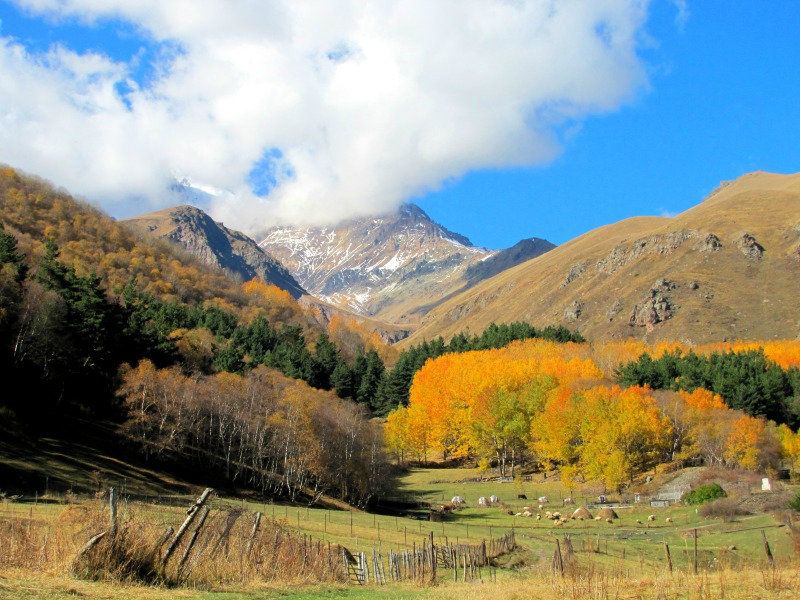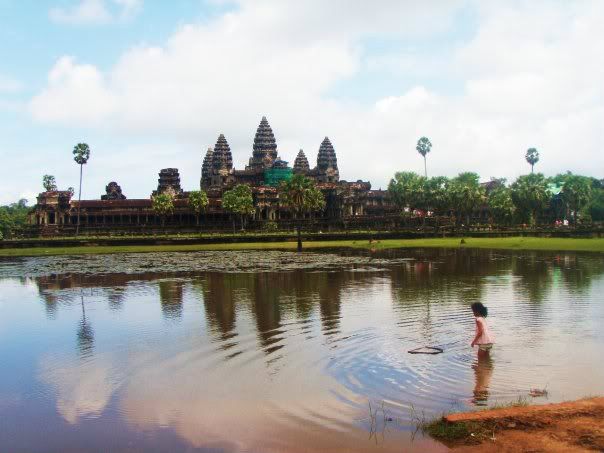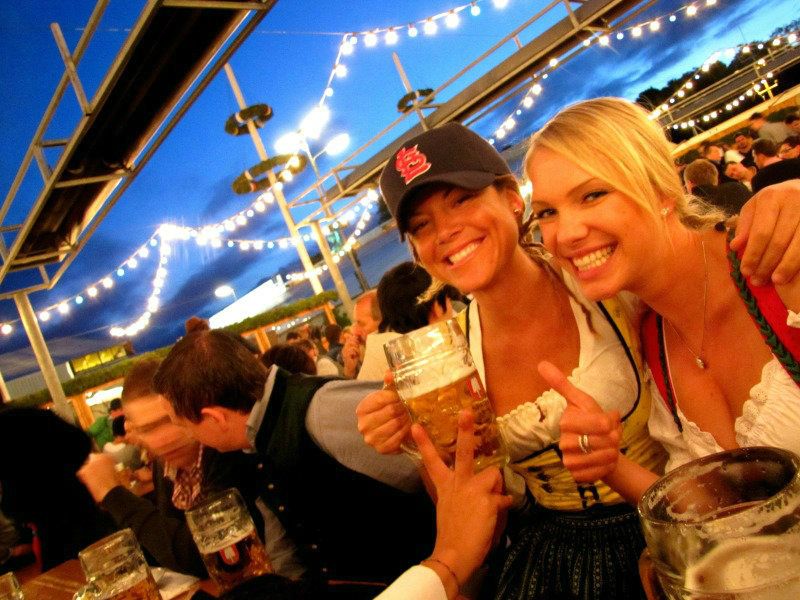Long, full days of transit are almost always challenging, especially when crossing a boarder is involved. From Colombia to Ecuador was no exception. Up and out at 6 a.m., for it’s necessary to cross the south of Colombia in the day time, as there are (apparently) bandits who hijack buses on this route. After about 15 hours of transport and 10 different types of vehicles later, I arrived for the evening in Ibarra, a pretty worthless town in Northern Ecuador. I wouldn’t call a place worthless lightly either – although maybe my jaded attitude at that point in the night had something to do with it. “Noches de Arabia” (Arabian Nights) and their shwarma and large beers saved the day.

By the time I reached Tumbaco, Ecuador, all the bothersome day before was worth it. The hills in the country side on the way are all shades of green, looking like patchwork on the sides of the mountains. Tumbaco is about 45 minutes outside of the capital, Quito. I arranged to stay with a family via Couch Surfing, and was utterly surprised when I arrived there. I knew they had a house with a farm and lots of animals, but I couldn’t anticipate how unbelievably beautiful it would be! Ingo is from Germany, Genny is Ecuadorian/Belgian/French, and the girls Elisa (11) and Emily (8) are Ecuadorian/French, but born and raised in various parts of Europe. The entire family is tri-lingual, and they are expecting an addition to the family in 6 months. I should say additional human and animal members, for the farm life is ever expanding as well! The llama, Pamela (a boy) is sweet as can be and will eat carrots directly from your hand. Ingo would say “look, happy llama!” when he was literally prancing through the field, bucking wildly up and down. There are outdoor houses for the turkeys, the chickens, the goats, the bunnies and the ducks, while the dogs and cats roam freely as they choose.
During my weekend on the farm, I helped out a bit by feeding and watering the animals with Ingo, including milking a goat for the first time. Aaaaand, then drinking the warm milk from it about 2 seconds later. It was a little off-putting, but it’s also clearly as “organic” as you can possibly get, so I took a few gulps strictly for the good enzymes, but declined the offers to add it to coffee and tea.
Saturday was Ingo’s birthday, and we commenced the day with thick slices of whole grain French toast with a distinctly fresh syrup and some lovely tea from India (Ingo and Genny traveled for 3 months there at the beginning of the year). We spent the afternoon preparing for the party and in the afternoon some of Genny’s family members arrived and the festivities began. We basically ate all day long – tostadas and burritos with amazing options: roasted red pepper, eggplant puree, mole, homemade guacamole, marinated chicken and sausage from the grill, vegetables and a smooth yogurt sauce and of course beans and rice. Topped off with homemade passion fruit juice and tomate de arbol juice (a tomato which tastes more like a fruit than a vegetable), perfecto! Not to mention the loaded piñata and the truly picturesque cake made by Genny’s cousin who’s a chef. Stuffed! As we sat around the living room drinking tea the whole day felt like a mix of elegance, authenticity and simplicity. After Genny’s family left, the 5 of us sat around and watched movies (Stand By Me and The Cable Guy) in blankets and had a relatively early and peaceful night.
I went to the Sunday market with Ingo and Genny, and as they literally filled 2 large burlap sacks with fruits and vegetables for about $6, all I could think about was why it can’t be like that in the U.S., why you can’t eat that healthy and fresh for such a good price. Although local farmer’s markets are a good start.
Later on we went “llama shopping” for a female llama (“so that every animal has someone to have sex with”, haha). The place was beautiful, up in the hills over-looking Quito, and the jet black llama they found will be a good extra to the farm family. That evening they dropped me off at a hostel in the city, just one street away from where I was to start language school on Monday morning bright and early. I gave them my thank you card and it was actually a bit sad to say goodbye – they are such a sweet and fun family, and they inspired me be dedicated to learning Spanish even more then I already was!






 5:07 PM
5:07 PM
 nicole.
nicole.
